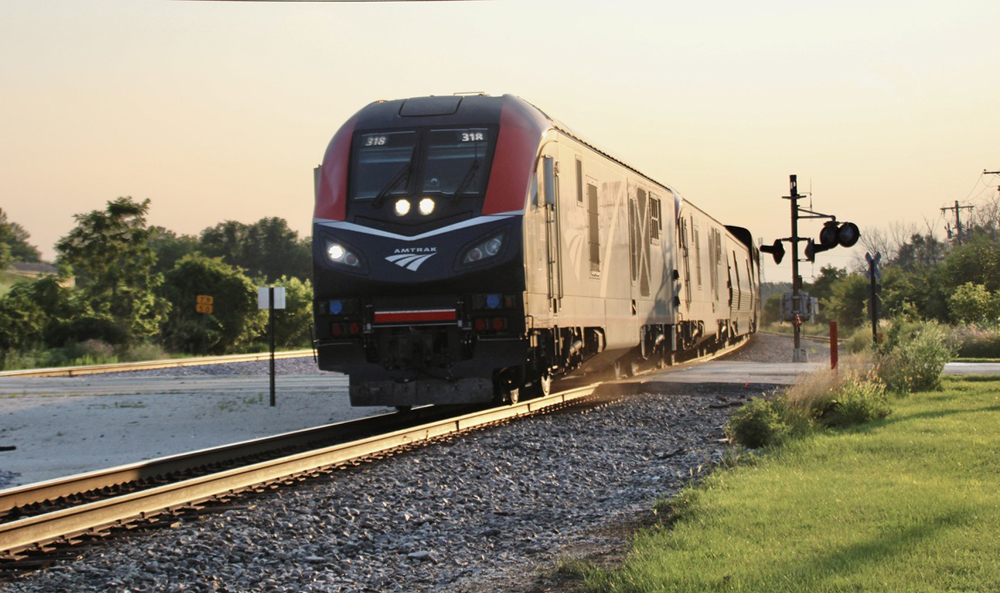
CHICAGO — Amtrak’s stretched-thin and aging fleet is encountering significant challenges to reliability across the entire system this week as national network trains remain sold out for many segments.
Sunset cancelled
With Tropical Storm Beryl causing widespread flooding in the Houston area early in the week, Amtrak truncated the eastbound Sunset Limited at San Antonio, Tex., on Tuesday, July 9. Widespread power outages continued to plague the Houston area through the week. Eastbound and westbound Sunset departures from both New Orleans and Los Angeles were cancelled on Wednesday, July 10, leaving no service across west Texas and southern New Mexico and Arizona since last weekend. The triweekly train is set to resume today (Friday, July 12) from California and Saturday from New Orleans.
En-route delays
Though Amtrak does not always explain the exact reason trains are delayed, host railroad congestion, track problems, and mechanical issues are likely culprits. Particularly noticeable this week are the number of trains affected by delays that are so extensive that trains miss connections at endpoints.
Trains delayed en route include:
California Zephyr:
— July 6 departure from Emeryville, Calif.: 6 hours, 32 minutes late into Chicago. Lost 3 hours between Reno, Nev., and Salt Lake City, another 3 hours waiting for a rock slide to be cleared west of Glenwood Springs, Colo.
— July 9 departure from Emeryville: Lost 7 hours between Elko, Nev., and Salt Lake City on UP. Scheduled to arrive at 2:39 pm. On Thursday, July 11, it actually arrived at 2:31 a.m. today (July 12), 11 hours, 52 minutes late.
— July 11 departure from Emeryville: Lost 4 hours between Reno and Winnemucca, Nev. on UP. Arrived in Omaha, Neb., this morning at 10:39 a.m., 4 hours, 45 minutes late.
Empire Builder:
— July 6 departure from Seattle: Lost 2 hours between Everett and Ephrata, Wash., and another 2 hours Spokane to Whitefish, Mont., all on BNSF due to “track maintenance and mechanical issues.” More than 4 hours late into Chicago.
— July 8 departure from Seattle: Lost 4 hours from Havre to Wolf Point, Mont. Arrived Chicago more than 6 hours late at 10:54 p.m.
— July 9 departure from Seattle: Lost 3 hours from Havre to Wolf Point. Arrived in Chicago at 9:25 p.m., 4 hours, 40 minutes late.
— July 9 departure from Chicago: Lost 1 hour waiting for a rested crew at Minot, N.D. and another 3 hours Wolf Point to Havre. Arrived in Seattle 4 hours, 9 minutes late, which meant departure of eastbound No. 8 of July 11 was delayed.
— July 10 departure from Seattle: Late departure because westbound train was late. Lost about 3 hours from Havre to Wolf Point. At this writing, 5 hours, 29 minutes late as of its most recent stop in Staples, Minn.
The eastbound Builder, which is supposed to leave St. Paul three hours ahead of the Borealis, has departed several hours after the new state-supported train four of the last five days.
Southwest Chief:
July 7 departure from Los Angeles: Lost 4 hours between Barstow and Needles, Calif.; another 2 hours into Albuquerque; was around 8 hours late from LaJunta, Colo., to Chicago, where it arrived at 10:45 p.m. on July 9 instead of 2:50 p.m. The delay was attributed by Amtrak’s “train status” to “mechanical issues.”
July 9 departure from Chicago: Lost 4 hours between Garden City, Kan., and Lamar, Colo. Arrived Los Angeles at 12:53 p.m. Thursday, nearly 5 hours late.
Coast Starlight
July 7 departure from Seattle: Lost 3 hours between Eugene and Chemult, Ore,. and another 2 hours south of Salinas, Calif., on UP. Arrived into Los Angeles at 12:50 a.m., almost 4 hours late.
Other delays
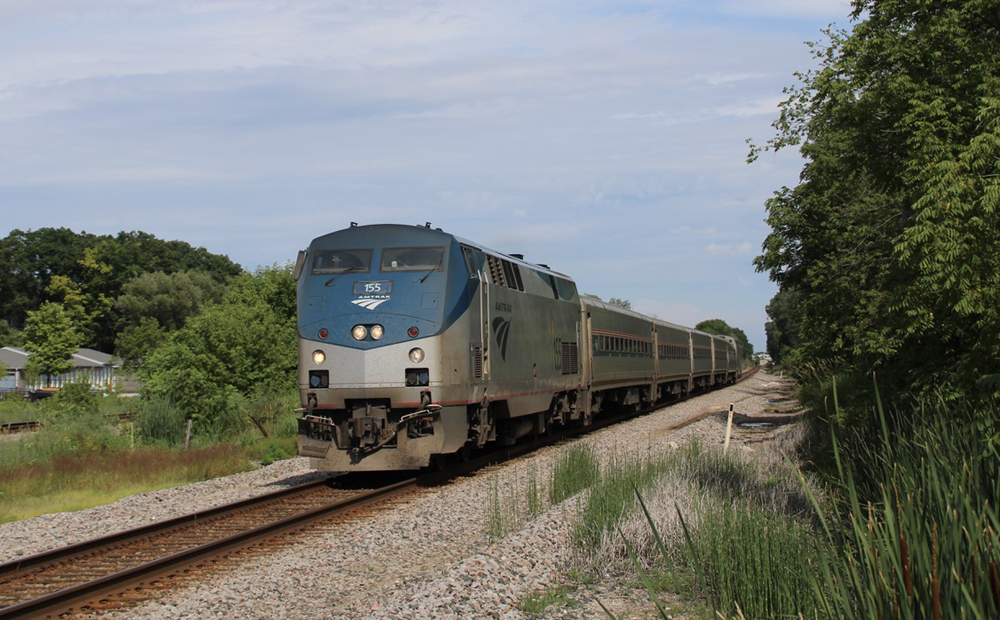
The following trains were either delayed more than an hour departing or hours late at the first stop. Trains News Wire has not been able to confirm reasons for all of the delays and this is not an all-inclusive list:
July 7:
Capitol Limited: Chicago, 3 hours, 5 minutes late (9:45 p.m.)
City of New Orleans: Chicago, 1:44 late (9:49 p.m.)
July 8:
Northeast Regional No. 134: Roanoke, 2:43 late (9:03 a.m.)
Borealis: Chicago, 3:04 late (2:09 p.m.)
Hiawatha No. 329: Chicago, cancelled (scheduled 6:10 a.m.)
July 9:
Cardinal: Chicago, 1:39 late (7:34 p.m.)
July 10:
Capitol Limited: South Bend, Ind., 5:10 late (2:19 a.m.)
Also on July 10, Amtrak says both the westbound California Zephyr and Southwest Chief were delayed 6 hours after being combined to operate over a detour route following a temporary track closure (because of a derailment) on the regular route west of Plano, Ill. The Zephyr was running 7 hours late at Salt Lake City and the Chief was 8 hours late at Kingman, Ariz., on July 12
There have also been a variety of Northeast Corridor cancellations over the past few weeks in addition to disruptions caused by power outages. On Wednesday, July 10, one Acela and two Northeast Regional early-morning round trips were annulled “due to crew shortages and high shop counts,” according to an advisory obtained by News Wire.
Amtrak provides indispensable mobility to rural markets, many of which are served overnight. Extensive delays are especially impactful to travelers who arrange their schedules to board once-per-day (or less) trains in the wee hours.






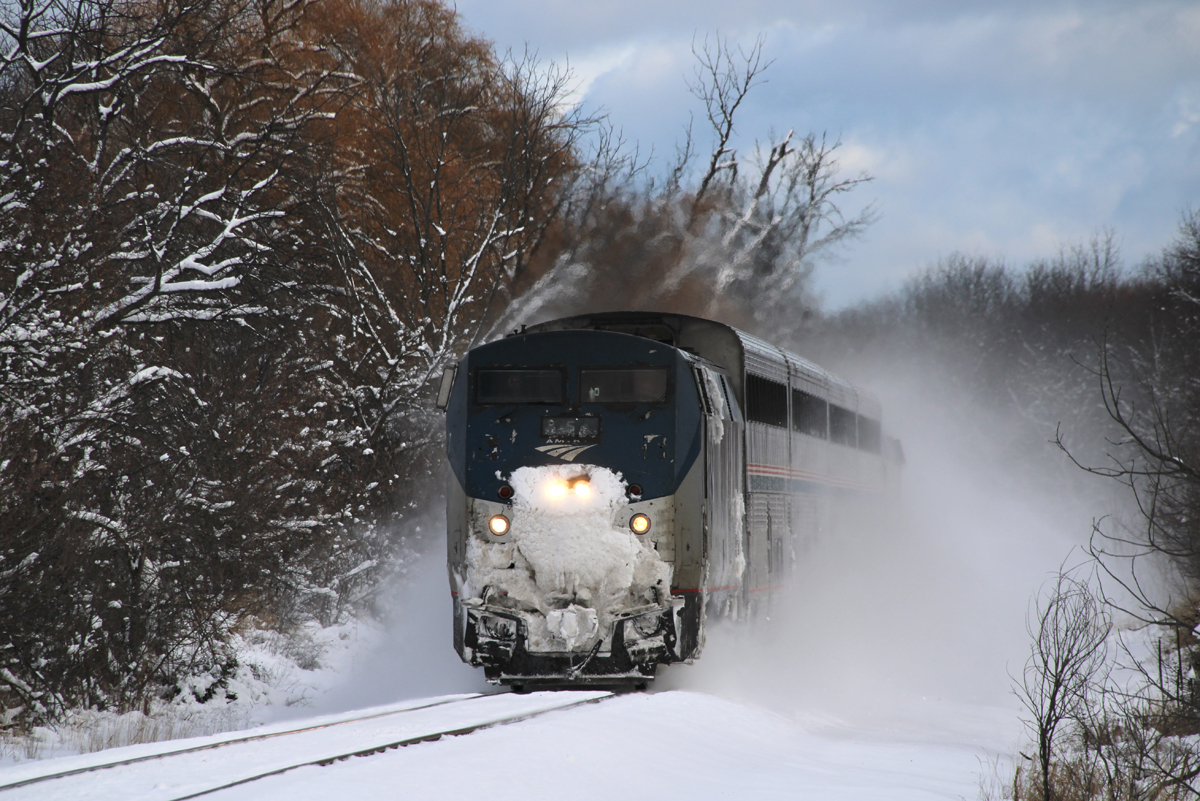
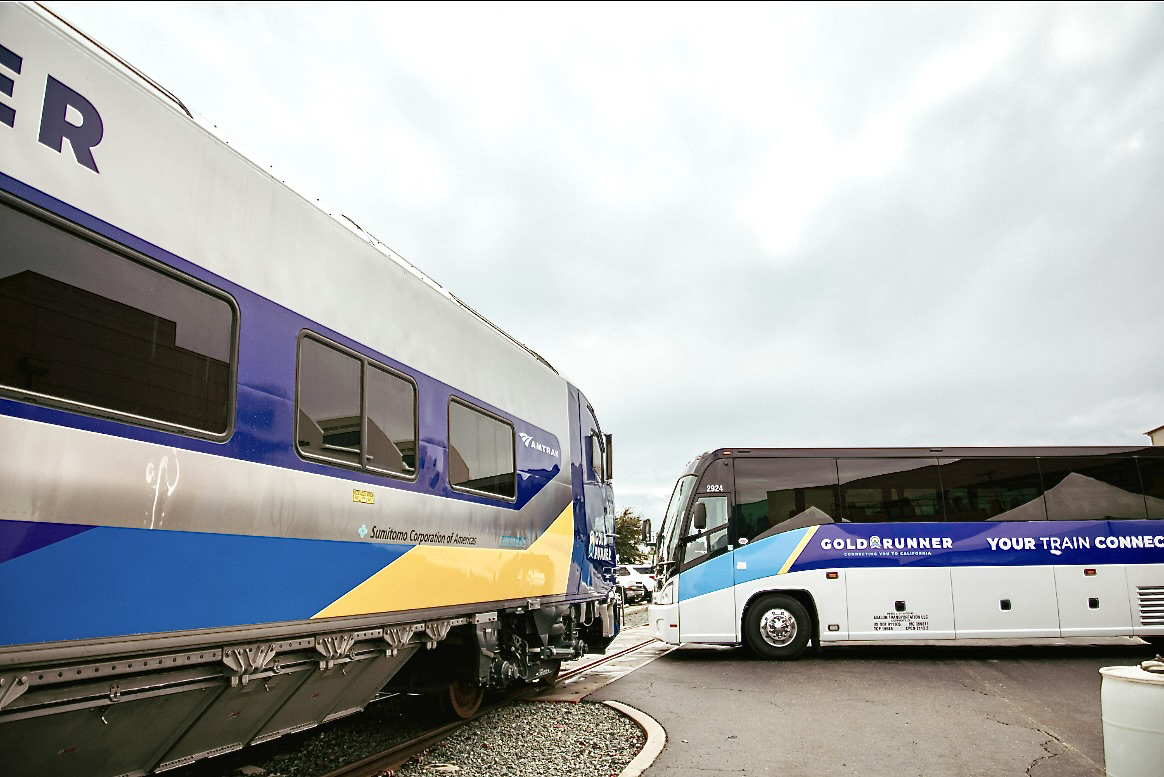
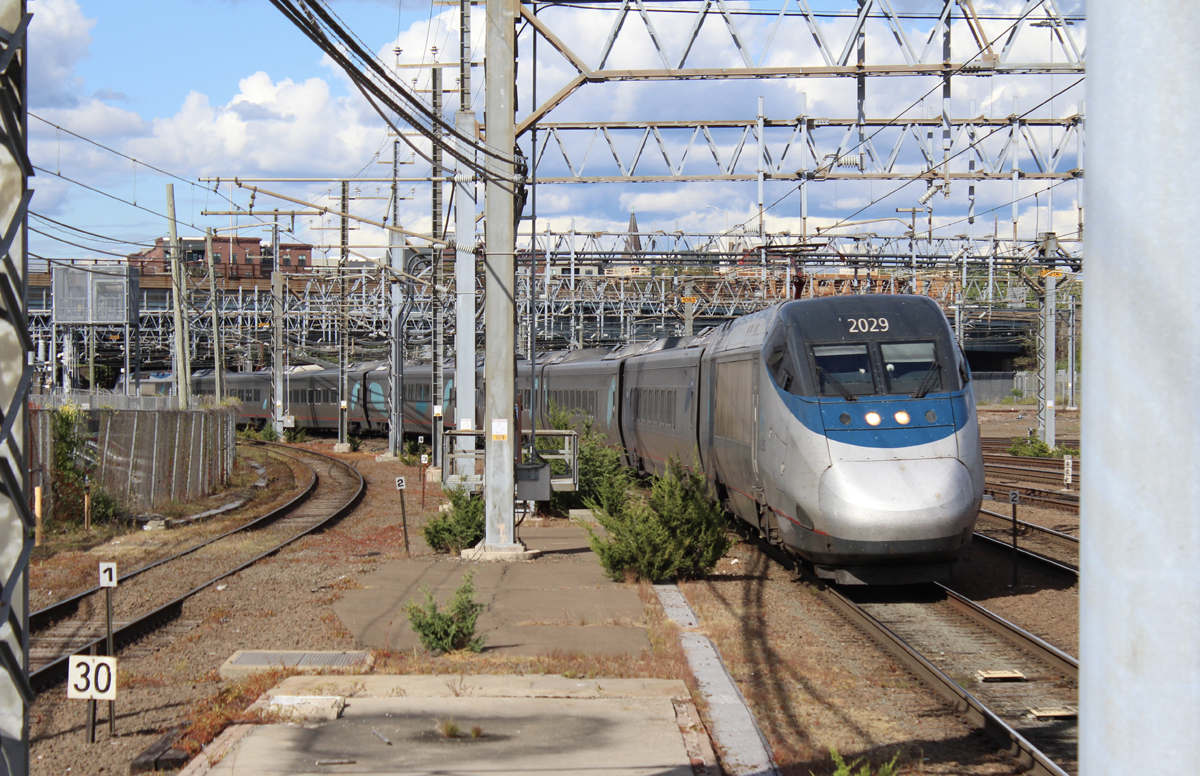
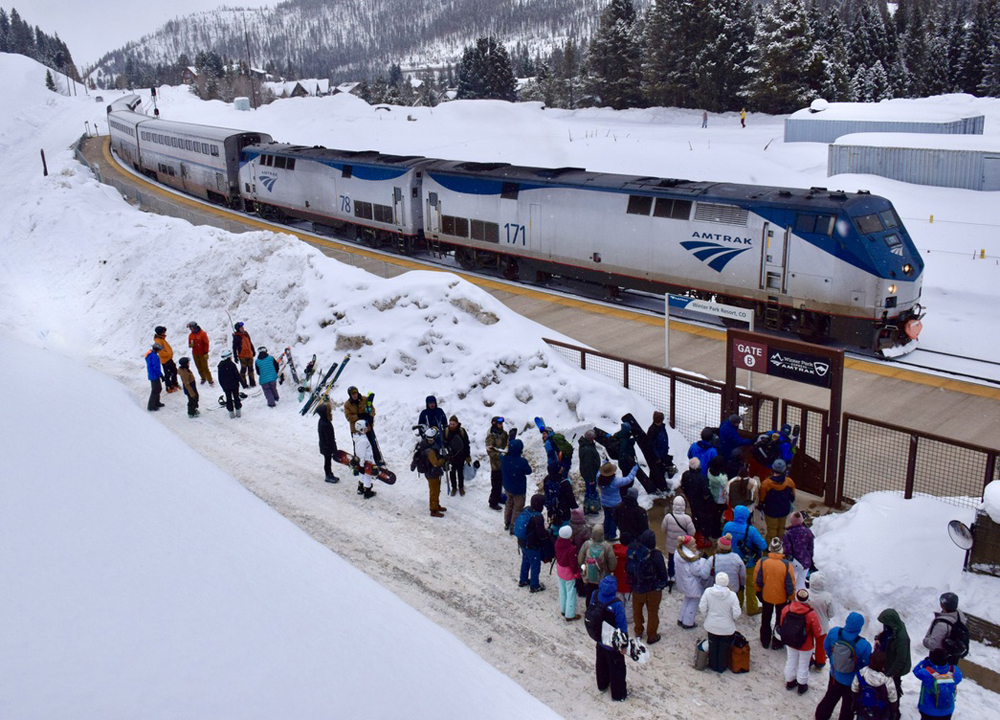




Amtrak is now the least reliable form of transportation. So I would begin to question funding if a more reasonable outcome cannot be attained. People ask me “What do I do when a train is canceled or is grossly late?” My response is, Head for the nearest airport!!! The outrageously high sleeping car fares more than cover a last minute booking by air. Yes, airlines still have issues, but not to the degree of Amtrak. Total unreliability is what we currently have.
Great reporting Bob, as always. I don’t track the national network every day, too depressing. But I do check it often and have seen instances where trains arrive WAS from NYP and then depart WAS after a serious delay. Locomotive problems, power shortages, crew shortages? I also see this on the national system. Most recently, #6 of July 12, the California Zephyr, departed Emeryville OT at 8:25 am, stopped at Davis 35 minutes late, and arrived Sacramento at 10:39 am. It then departed at 5:40 pm, spending 7 hours in the capital city. It is now due into Chicago at 12:01 am tonight, which would be one minute into July 15th. If anyone on the train ever takes another trip on Amtrak, I would be surprised.
Just for a little perspective, the Eastbound Via Rail Ocean of July 12 was annulled due to the danger of CN Drummondville bridge being rendered unstable by high and rapid waters. It was rescheduled for the 13th though. This made our WB Ocean 2 hours late into Montreal due to disruption of normal recrewing. (The Drummondville bridge was put back into service with speed restrictions.)
Headed back to the States tomorrow.
OK, here’s the scoop…in 1948 honoring the Road’s centenary, the Milwaukee commissioned Wisc. native August Derleth to write a history “The Milwaukee Road: Its First Hundred Years.” Out of print, available for about $100.00. Tells the story. Read it and weep.
More historical trivia…back in 1960 I attended the boy scout jamboree in colo. sprngs, how? Down from Kiel to the Milw. Rd.depot on Everett St. Hundreds of scouts, parents milling around a long train of mixed vintage Milw. equipment. Underway on the hi-speed C&M division to Sturdevant, then off on the now gone Racine & Southwestern to Freeport, Ill, where we picked up a couple IC diners and rode the IC to Omaha, then Burlington to Denver. Likely 50,000 scouts and leaders came by train from all over the country. Memory tells me that both coaches and diners were heavyweight, which was probably the case for all other roads’ extra moves. And the air-conditioning worked, the diners had 3 wonderful RR meals per day for hundreds of boys, betcha many had never sat at table set with all the fixins.
Everything was done right. ‘Nuf said.
Now to Mr. Landey’s illuminating observations on the Milwaukee’s ROW divergence…does anyone know the cause of it?
I vaguely know the cause, that it was two separate railroads both absorbed into MILW. A few years back, a Wisconsin native posted on these pages much more detailed information, that being the names of the predecessor railroads and where they went.
At each end of the split there are abandoned MILW branches, both of them bicycle paths now. So it’s pretty obvious these were two separate rail lines back in history.
What is the basic cause for Amtrak’s problems? IMO it goes back to the Amtrak board of director’s bonus plans. Eliminating costs above everything else is driving many Amtrak decisions. Do you realize that adding another revenue car to any route’s consist increases operating costs? Adding additional maintenance persons at a facility also increases costs. That metric is very evident when Amtrak is not adding personnel to the Beech overhaul facility. Beech does not appear to be operating a 24/7 work schedule.
Spare parts is another cost metric. The new cars being delivered are being purchased with a long term parts supply by the builder which is capital cost instead of a operating cost. That IMO is why Amtrak wants to get rid of perfectly operatable Amfleets, Viewliners, and Superliners. That is noted by the OIG’s report on spare parts.
The solution is a change written by congress directing the board and Amtrak to have priorities providing seats and revenue over variable costs. Also keeping all serviceable cars in inventory and not allowing any operatable or repairable car disposal until further review in the future.
Additionally an order requiring a schedule of all repairable cars to be finished and in revenue seervice.
Added capacity like the basic cars on a train has a break-even point. But of course you save even more money if you never run a particular train–at least until its lost revenue interferes with the ability to maintain the railroad, and even more in Amtrak’s case management ranks. But putting on more capacity introduces a risk–something Amtrak managers deeply feel in a costs only consideration culture. That indeed must be changed.
We can recognize this, and obviously shouldn’t like it. But we must not remain silent.
All of the above and yet ridership continues to grow. Imagine what would happen if Amtrak were properly funded and managed.
The sharp-eyed reader will observe the old Milw. Rd. ROW divergence. Back in the day both single tracks were bi-directional signaled to allow freights access to the easier grade.
The sharp-eyed reader will note that in between the two tracks, there’s a large park, businesses, a cemetery, a church, a mosque, a wetland, a bicycle path —- and houses that you can’t see either track from.
Also there used to be a depot between the tracks but it was moved off the r/w.
The photos don’t show this is a double-track railroad — which BTW it does come single-track, a few miles west in Pewaukee and from there across mid-Wisconsin toward the Twin Cities.
Here’s a thought. If Amtrak bought Siemens cab cars, as VIA Rail Canada has done, they’d not have all the ugly iron on both ends of the corridor trains. They’d have seats to sell instead of an empty shell of a former locomotive.
At least they are still running trains. This appears to have been a perfect storm of host railroad delays, equipment issues and extreme weather.
Unfortunately, Mr. Fowler, there is nothing left (structurally) on some of that stored equipment. Every mechanically engineered component has a lifespan, and particularly in the case of Amfleet, they have reached it, around a decade ago, a couple million miles ago. Steel fatigue is a very real problem. I would rather have to deal with constrained ticket inventories than be sent out in a vehicle that is structurally unsound. I admire the dedication of shop forces that are working hard to get every serviceable car back out on the road, now that management has decided they don’t want any more black eyes from the previous team’s “park everything” scheme. I am thankful that they are trying to run everything they have for the time being.
Also worthy of commendation are the servicing staff at Los Angeles, Seattle, Portland, Chicago, DC, Sunnyside/NYC, Hialeah and San Antonio, who are stocking, cleaning (maybe not the windows, but still), inspecting and turning trainsets that are handed to them 9-10 hours late, and expediting their work. These people do not get paid all that well, and they have unenviable tasks such as cleaning and draining toilets and tanks, and they keep showing up for work and working their tails off. And they don’t get tips, unlike other service industries like hotel housekeeping. I will always respect those who had to clean up after the last passenger and then have to clean up after me.
Playing devil’s advocate, they could stop running Superliners to Carbondale and back every day. Tell CN that their track circuit detectors are faulty or not calibrated correctly, and they’re not running any trains along the line until it is safe to do so. But overall, they are appropriately responding to issues as they come up.
All good points. Of course I praised Amtrak for dispatching trains in this stressful situation with far fewer cancellations than last winter. But the car repairs are far from complete and what is seen as the return of stored equipment far too often turns out to be cars returning from routine overhauls. (Thank goodness those are happening).
But that doesn’t address the brand new Viewliner diners still sitting in the Hialeah Yards near Miami that have literally never been used. Or the Viewliner I sleepers awaiting long-promised renovations. And by no means are all the stored wreck-damaged Superliners beyond repair. We agree completely on getting the Superliners back from Carbondale trains, but while we’re at it the cars leased to California for the San Diego trains shoud return as well when their leases expire.
But above all my primary point was to beg for the creation now of a reserve/spares fleet as new cars are delivered and to plead with Amtrak to drop its plans to scrap most of the current cars once the Venture/Airo/Acela–Avielia Liberty (and someday new long haul) cars arrive. It is good to see Amtrak redeploying Horizon and Amfleet I as the Ventures come, but if the emerging Corridor ID reports succeed in getting projects approved for new regional routes, these existing fleet coaches must for some years to be avaiable for any new trains, as Amtrak has only ordered sufficient new cars to replace the existing fleet.
Carolinian has been running 2-3 hours late into Charlotte on a regular basis lately.
Gross neglect by gross mis-management.
I know there has been extreme heat across Montana over 100 degrees at Havre MT on Wed same across UT so I suspect slow orders are being enforced in the event of rail kinks in those areas. I am sure it’s causing freight delays also.
It was the eastbound Southwest Chief and California Zephyr that were combined at Galesburg to run to Chicago on the former Santa Fe. I saw the combination take place at the Galesburg depot on Virtual Railfan. The derailment was at Somonauk, Illinois on the former Burlington.
Bob’s piece got me to thinking about the relationship between Amtrak’s available car fleet–in particularly the lack of spares at terminals–and what that means both now and in the future. In particular how events enroute can cascade to cause future service disruptions.
Lack of usable equipment is the root cause of this week’s operational melt-down. But this goes much deeper than just the response to 100+ F slow running.
Many of the recent late terminal departures are the result of Amtrak no longer having much of any spare equipment in Chicago or elsewhere. (More on this below).
But I strongly suspect that high heat related slow orders contributed to the enroute loss of time(s) reflected on many of these trains. I am well-aware of the “Late trains get later” mantra, yet with the padding Amtrak has agreed to coming into most terminals, some running time recovery should be possible–but not from deep slow restrictions for heat.
If an 80mph segment of the UP, (just for an example), drops to 60mph a train gets later even while moving–20 minutes (and miles) per each elapsed hour. If the slow order runs from say 11AM to 6PM over a single district the impact on the schedule will be dramatic–an added two hours and 40 minutes to the normal running time. That sort of delay is not likely to recovered–especially if the train also left its originating terminal on time. And if Amtrak can not put together a make-up train at the destination for the next departure much more cascading damage is done.
I fully understand that slow running through 100+F temperatures is essential for passenger (and equipment) safety, compared to the consequences of a derailment. And I applaud Amtrak in this week for at least trying to run most services.
But this is precisely where the problem of little or no spares arises. And if Amtrak goes ahead with its plans as new cars arrive to scrap (or in a few cases sell-off) its existing fleet this issue is likely to get no better.
This situation of cascading delays reinforces the need to adequately staff endpoint yards, so initial departures are delayed as little as possible. And of course Amtrak must restore to service the far too many out of service (O/S) cars in its current fleet. Many need nothing more than a COTS brake-overhaul.
The stored ranks of dozens of O/S equipment assets at Beech Grove must go back in service. Amtrak is turning away thousands of riders for lack of seats/rooms. The largest possible portion of the Amtrak O/S fleet should be in service rather than moldering away at Beech Grove, or in the Miami yards in the case of many of the brand-new but never used Viewliner II diners. This applies to corridor-oriented Amfleet and Horizon Fleet as well as to Viewliners and Superliners. A sleeper whose Bedrooms can be sold for over $2000 from Chicago to Los Angeles should not be fighting the weeds at Beech Grove.
As new Venture and Airo cars arrive, (and someday a new long haul fleet), Amtrak’s expressed plans to scrap virtually all of present fleet is more and more revealed as irresponsible and counter-productive. It was a struggle to find enough stored Horizon equipment for the new BOREALIS service. Indeed so few Horizon cafes were serviceable that the train must use an Amfleet cafe/Business class car.
This may sound like no big deal, but if nothing else it complicates terminal servicing by requiring the yards to maintain inventories for two different types of cars. Today this is routine, but when all the Ventures are operable the idea was that they would cover the Chicago Corridor Regional Network. But there will be few spares. What about holiday demand? What about having enough equipment to add another frequency without waiting for another new car order to be delivered? Retaining a reasonable fleet of “spares” is essential.
How does Amtrak expect to keep states “On-track” for new corridor trains if they must wait 5-10 years for new cars, because Amtrak scrapped all its existing Amfleet and Horizon equipment when the new Airo/Venture cars arrived? But Amtrak has not ordered enough of any class of new equipment to build a meaningful reserve fleet.
The best of the Superliners could be deployed after new cars arrive to add frequencies such as a true dusk to dawn revival of the Denver-Chicago “Denver Zephyr”, or even better to start some of the new corridors outlined in the FRA’s recent review of needed new long haul routes. But Amtrak’s new long haul car order only covers enough equipment to do an essentially level replacement of the existing seat/room count.
I fully understand that not all existing equipment either could or should be retained. But if Amtrak fails to order spare cars until after the initial fleet replacement is complete–while still scrapping (or selling) almost all current assets, it will be hard even to adjust trains like the EMPIRE BUILDER to meet seasonal demands.
Terminal and heat-delays are both routine and the proverbial “tip of the iceberg”. Amtrak’s current equipment shortfall is bad enough. But with ridership levels at all-time records how will Amtrak continue this growth if it dispatches hundreds of still serviceable cars to the bone-yards?
If Amtrak has no reserve equipment–even an “emergency Superliner set”, how much more revenue and ridership will be lost because Amtrak saw keeping a reserve fleet as a cost problem rather than an opportunity?
How do the Florida trains and other regionals like the Carolinian, as well as the Crescent fare? I suppose that heat related delays factor in here.